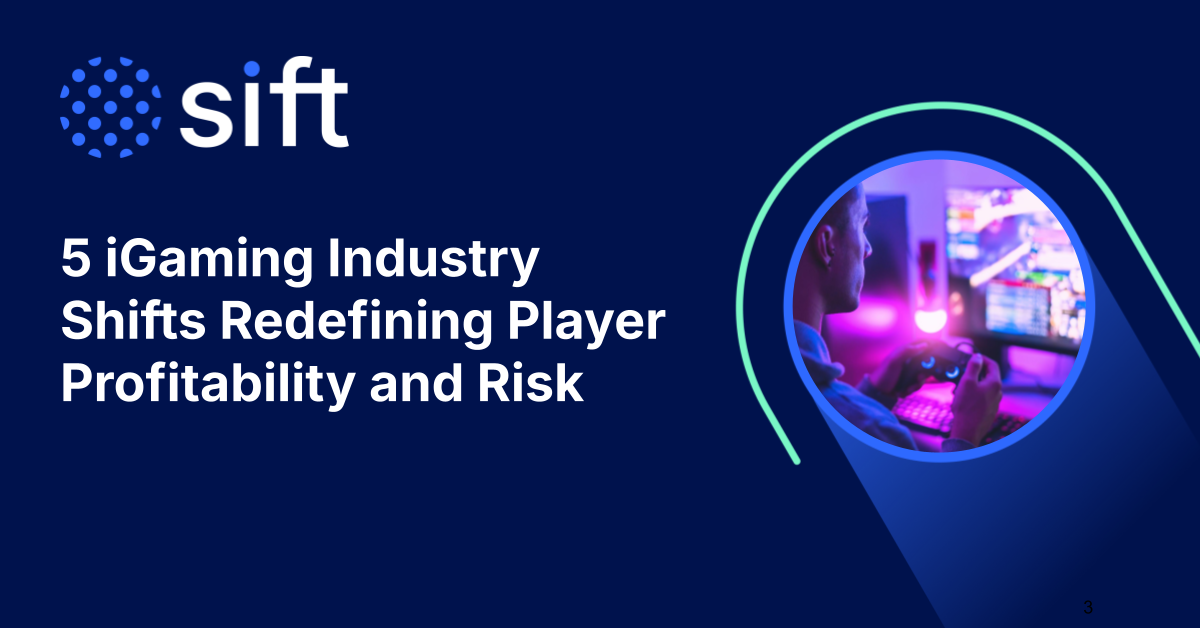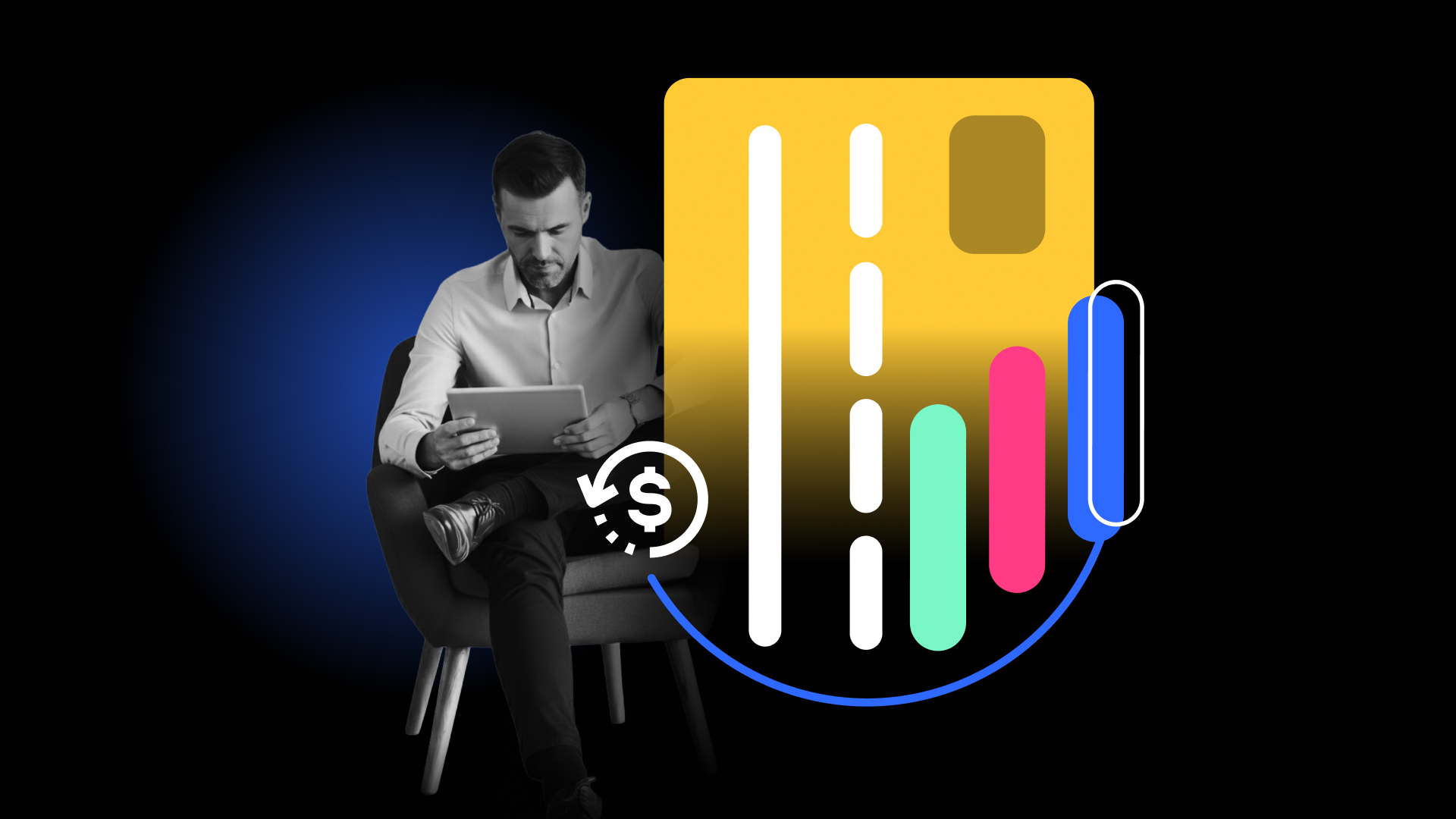The fraud landscape is becoming increasingly complex as fraudsters exploit new technology and the rise in e-commerce experiences. Account takeovers surged in 2023, and nearly half of consumers have fallen victim to payment fraud in the past 18 months.
The situation is fueled by the deep web, which has become a hub for fraud-as-a-service (FaaS) scammers selling on-demand tools. Software such as OTP bots, AI apps, and phishing-as-a-service enable criminals to conduct complex attacks without much technical expertise. This new sophistication makes it difficult for businesses and consumers to identify scams. As a result, 30% of consumers shop online less frequently due to perceived cybersecurity threats.
The consequences of fraudulent transactions are serious for businesses, leading to lost profits, customer trust, and additional fees from payment processors. However, traditional approaches to protect against such attacks are easily circumvented and lack flexibility, leaving you vulnerable.
Read on to discover how to use transaction monitoring to safeguard your company and your customers.
What is Transaction Monitoring?
Transaction monitoring is a comprehensive process that involves the continuous analysis of financial transactions to detect suspicious patterns, anomalies, or activities that may indicate potential instances of fraud. It combines advanced technology, data analytics, and risk-based rules to scrutinize transaction and user data.
How Does Transaction Monitoring Work?
Transaction monitoring is a multidimensional process that combines various techniques and approaches to successfully identify and mitigate potential risks associated with financial transactions. The choice of transaction monitoring approach will depend on several factors unique to each business, including its sector, size, complexity, geographic reach, customer profile, and associated operational risks.
Below, we’ve highlighted some of the most effective monitoring techniques organizations use to safeguard their financial transactions.
-
Risk-based approach
In a risk-based approach, each transaction is evaluated against a range of factors such as amount, origin, destination, and parties involved. This method is strongly recommended by regulatory agencies such as the Financial Action Task Force (FATF) and the Federal Financial Institutions Examination Council (FFIEC).
High-risk transactions might involve large sums of money or have connections to high-risk countries. These would receive closer scrutiny, such as an increased frequency of reviews and more stringent monitoring rules. Conversely, simplified due diligence measures would be employed for low-risk customers or transactions, allowing for reduced monitoring frequency or thresholds.
-
Rules-based scenarios
In addition to a risk evaluation, many transaction monitoring solutions also use pre-defined rules or scenarios designed to detect specific patterns or behaviors known to be associated with financial crimes. One common predefined rule is called the “Large Transaction Threshold,” which flags any transaction above a certain amount for additional due diligence.
-
Machine learning and behavioral analytics
Scammers’ tactics change constantly, but advanced transaction monitoring systems are adaptable. Machine learning algorithms and behavioral analytics understand the differences between expected and unexpected behavior patterns as they change over time.
-
Data integration
Many systems also cross-reference various data sources, such as banking systems, payment gateways, customer databases, and third-party data providers, to provide a holistic view of customers and authenticate transactions. Transaction monitoring solutions with data integration can check the recipient’s account history, verify the legitimacy of the transaction purpose, and check for known instances of fraud. If discrepancies are found, the system can prevent the transaction from going through.
-
Real-time monitoring
Legacy approaches evaluate transactions with batch processing at the end of each day. This can only identify suspicious transactions after money has been moved. Real-time monitoring, by contrast, provides instant analysis. This allows organizations to address fraud or financial crimes as they occur, preventing further unauthorized activities and minimizing potential losses.
What are the Benefits of Transaction Monitoring?
Implementing transaction monitoring offers numerous benefits for businesses seeking to enhance their financial security measures, including better fraud detection, improved reputational protection, and increased operational efficiency. Let’s take a look at the advantages of transaction monitoring.
-
Enhanced fraud detection and prevention
One of the most significant benefits of transaction monitoring is its enhanced fraud detection and prevention capabilities. Going beyond traditional methods like static rules and manual reviews, these systems leverage machine learning algorithms to sift through vast amounts of transaction data and pinpoint the patterns connected to illicit financial activities. This enables organizations to take a proactive approach and rapidly identify financial fraud to minimize losses.
-
Reputational risk mitigation
Another advantage is the assurance that transaction monitoring affords to your reputation. When a company is preyed upon by scammers and tricked into permitting a fraudulent transaction, there’s a great risk that customers will lose confidence in the organization’s trustworthiness and security. However, with effective transaction monitoring, these threats can be detected and prevented before they become a problem, ensuring the integrity of your financial systems and upholding customer trust.
-
Improved operational efficiency
The effectiveness of automating transaction monitoring streamlines the process of identifying suspicious activities, reduces the need for manual reviews, and enables more efficient resource allocation. With sophisticated data analytics and machine learning capabilities, these systems are capable of confirming transactions rapidly and with greater accuracy than legacy approaches. This translates to cost savings and increased productivity for compliance teams.
Paymongo implemented transaction monitoring with Sift to automatically block high-risk and potentially fraudulent transactions. Sift allowed Paymongo to significantly reduce the manual reviews and securely handle 10-20 times more card transactions, reducing fraud losses and minimizing false positives.
How to Implement Transaction Monitoring for Payment Fraud Detection
Building a transaction monitoring apparatus to detect fraud is not as simple as setting up a new process or switching on a new tool. Rather, organizations must use a comprehensive strategy that combines policy, data, and technology.
-
Define risk profiles and monitoring rules
It’s important to start with a solid risk assessment to understand the types of potential payment fraud your organization is likely to face. This assessment should also include the development of risk profiles based on customer behavior, transaction patterns, and geographic locations. Before tackling more advanced fraud attacks, ensure that you have monitoring rules and scenarios in place to prevent known payment fraud methods such as card-not-present fraud, account takeover fraud, and chargebacks.
-
Integrate data sources
It’s also essential to consolidate and integrate data from sources like payment gateways, e-commerce platforms, customer databases, and third-party data providers. This helps your systems recognize fraud even if it does not cross the threshold of your risk policies.
For example, fraudsters on consumer accounts will typically test transactions by transferring small amounts from a victim’s account to another. This small sum does not reach the typical threshold of investigation set by financial institutions. However, if your transaction monitoring solution is equipped with data integration, it will be able to use those sources to identify the suspicious nature of the account and stop the transfer.
-
Choose a fraud prevention solution with advanced analytics
Effective fraud prevention solutions use behavioral analytics and machine learning to identify anomalies and stop illicit financial transactions. Choosing a platform like Sift enables you to get ahead of scammers and catch fraud that would be missed by legacy methodologies.
-
Streamline alert management and investigation
If a potentially fraudulent incident is identified, organizations must implement streamlined alert management to ensure that the right parties are quickly notified. Detailed processes must be put in place for incident triage, prioritization, and investigation. Use case management tools to encourage collaboration between your teams as they work together to resolve fraud cases.
-
Continuously monitor and adapt
Unfortunately, fraudsters and scammers don’t sit idly by as increasingly advanced systems are developed to thwart their activities. Even as fraud prevention technology progresses, so too will the sophistication of cyberattacks. This is why it’s crucial to regularly review and update your monitoring rules, risk profiles, and analytical models and leverage industry best practices, regulatory guidance, and threat intelligence to enhance your payment fraud detection capabilities.
Why to Choose Sift for Powerful Transaction Monitoring
Transaction monitoring represents a proactive solution to combating the rising threat of financial fraud. Using a blend of advanced analytics, machine learning, and well-defined rules, these systems identify the anomalies and unusual behaviors connected to illicit financial activity.
Sift is the most comprehensive fraud detection platform on the market today, enabling businesses to have 60% fewer manual reviews, save money with loss prevention, and achieve up to a 99% reduction in chargebacks.
Sift offers key capabilities like:
- Real-time analysis of transactions across multiple channels and data sources
- Adaptive machine learning models that evolve with emerging fraud patterns
- Ability to detect sophisticated fraud schemes and account takeover attempts
- Automated decisioning and friction management based on risk levels
- Comprehensive reporting and insights for optimizing fraud operations
Check out our Q1 2024 Digital Trust & Safety Index for more on the latest payment fraud trends and the importance of transaction monitoring in protecting organizations.







